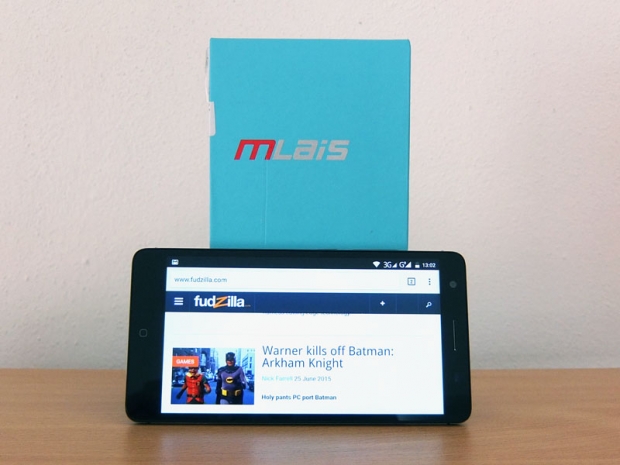Index
OS, UI and Everyday Use
This isn’t a very exciting aspect of the Mlais M7, because it ships with near-stock Android 5.0. The launcher is very similar to the Google Now launcher, although some transitions and animations were ditched. With the most powerful mid-range processor on the market, 3GB of RAM and an undemanding 720p display, we are looking at one snappy device.
The hardware has no trouble dealing with anything you throw at it, and it would probably be lighting fast even with a 1080p display. Our only complaint is the stock lock screen, which has a limited choice of backgrounds and does not allow for custom ones.
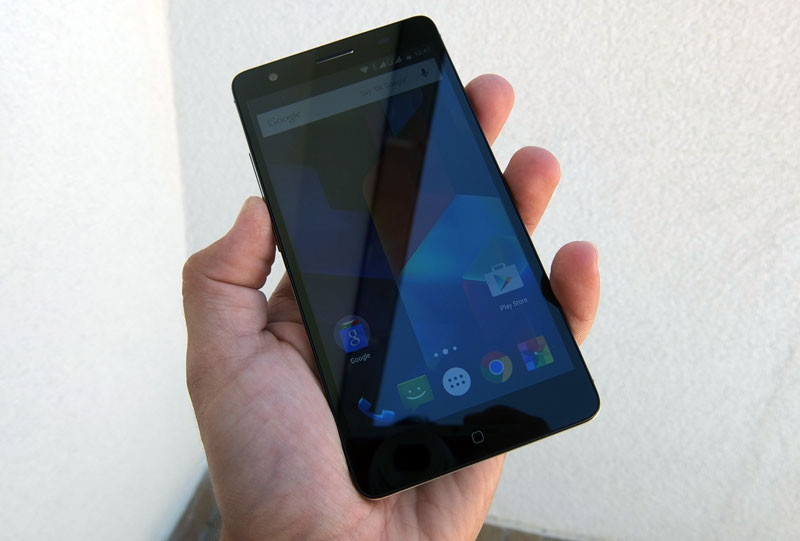
While the OS is mostly stock, there are a few custom features. We are not talking about bloatware, you’ll get no useless apps on the Mlais M7 – the device ships with a single pane of preinstalled apps and that’s it. The customization revolves around gestures and the integrated fingerprint scanner.
The phone sports double-tap to wake, along with four standard gestures (swipe up to unlock, launch camera with “C” on lock screen, launch music player and calculator. You can also set up 7 custom gestures, depending on your needs and preferences. Most of the gestures work well, although some can be sluggish. For example, double-tap is nearly instantaneous, while swipe up to unlock takes more than a second. On a couple of occasions, the “C” gesture activated the phone in the pocket, which means gestures could do with a few more tweaks.
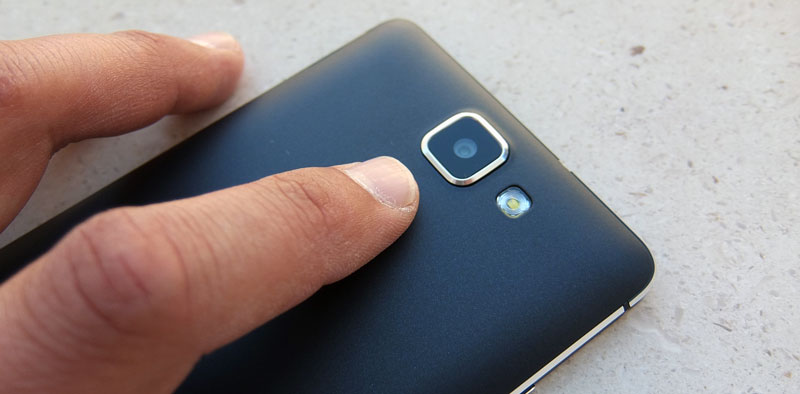
What about using the fingerprint scanner to unlock the device? Well, there is some good news and bad news. To start the process you will need to access the lock screen, which is easy thanks to the reliable and fast double tap feature. Once you’ve double-tapped the screen with your thumb, or index finger, the fingerprint scanner will come online. In case you had your finger on the sensor when you tapped the phone, it will unlock in a heartbeat.
Obviously, since the scanner is on the back, you will need to use your index fingers on it. The sensor area is relatively small, but the sensor itself works well. To be frank, when it comes to value phones with fingerprint scanners, we are still sceptics, but Mlais appears to have done an decent job; the scanner is relatively reliable and, coupled with double tap, it is rather fast. Of course, dispensing with the need to access the lock screen entirely would be ideal. There is also a minor software issue to report – an option in the Settings menu allows you to “Use fingerprint recognition as an alternative to…” or something rather – we have no idea since the option won’t open.
Like we said, from a hardware perspective the decision to place the scanner on the back makes sense on oversized devices. It helps keep the height down, and at 149mm tall, the Mlais M7 is just marginally taller than some 5-inch phones. While it is still relatively wide, it is one of the most compact 5.5-inch phones on the market, and it’s the smallest in its price category. The biggest drawback of placing a small fingerprint sensor on the back is the fact that you will press it from loads of different angles, and the tiny area that’s being scanned might not be the right one. With a thumb scanner, there are a lot less variables to take into account than with the tip of your index finger.
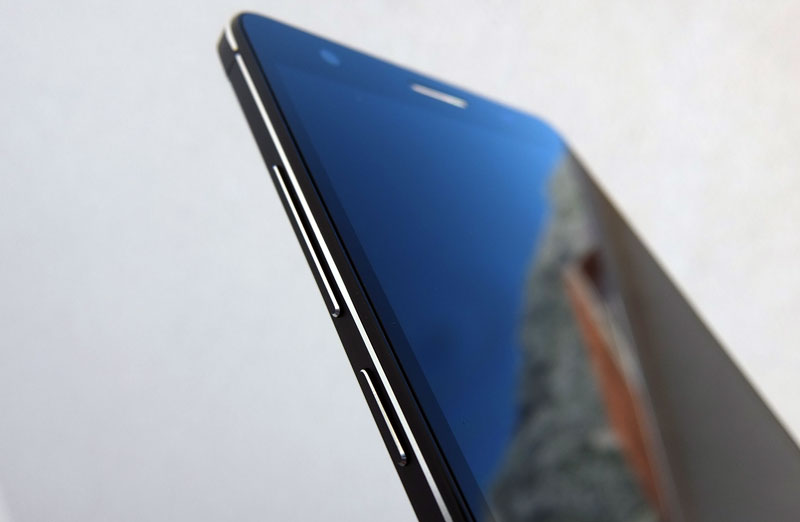
Another gripe with the ergonomics is the placement of the power button and volume rocker – both are on the left hand side. It’s a subjective thing, but most people who had a chance to try it out said they’d prefer having the buttons on the right, under their thumb. Oh, and in case you’re left handed, you might love it. The buttons, on the other hand, are excellent – they’re metal and they have a nice response with very little travel.
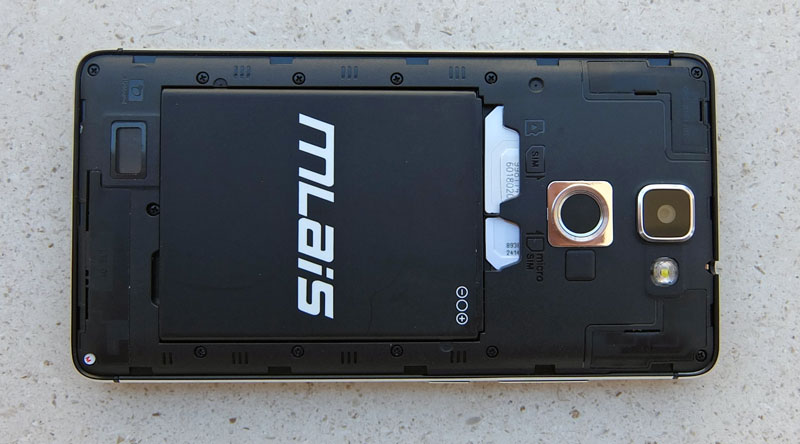
When dealing with an oversized phone with relatively powerful hardware, battery life is obviously going to be a concern. The Mlais M7 ships with a user-replaceable 2600mAh battery. This is not a lot in this day and age, but most users should have no trouble getting more than a day out of it. However, if you use two SIMs and push it really hard, you’ll be out of juice by sundown (sundown in June to be honest). Our biggest complaint is the charge time – after a few days of testing we let the battery dry dead and tried charging it with the included 1A travel charger. It took three hours to charge to 100%.
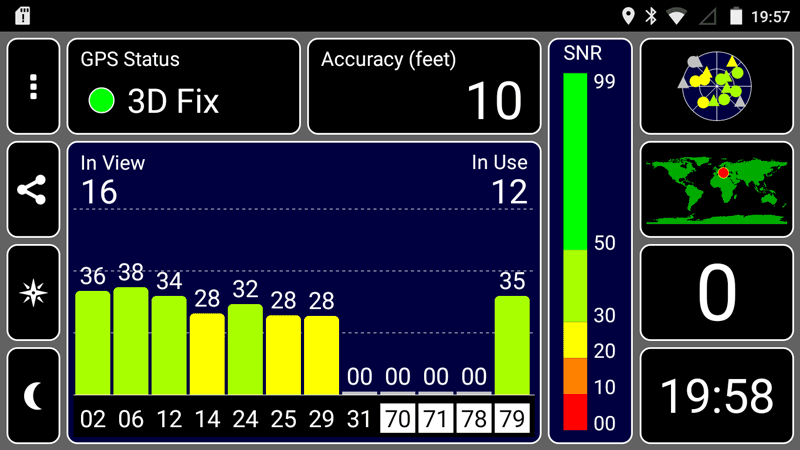
GPS functionality has been a concern on Asian phones for years, but luckily the situation has improved. The M7 had no trouble obtaining a lock, although an indoor look took quite a bit more time (unsurprisingly). The accuracy was good.
Like previous Mlais phablets, the M7 features two SIM slots, micro and standard SIM. A microSD slot is on board as well, and all three can be used at the same time. However, you will need to remove the battery to access them.

